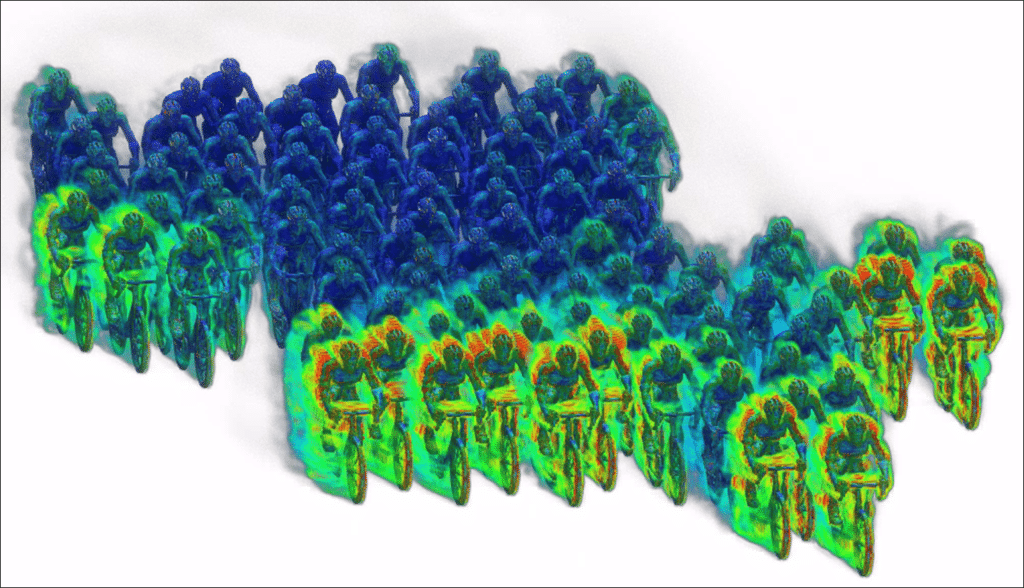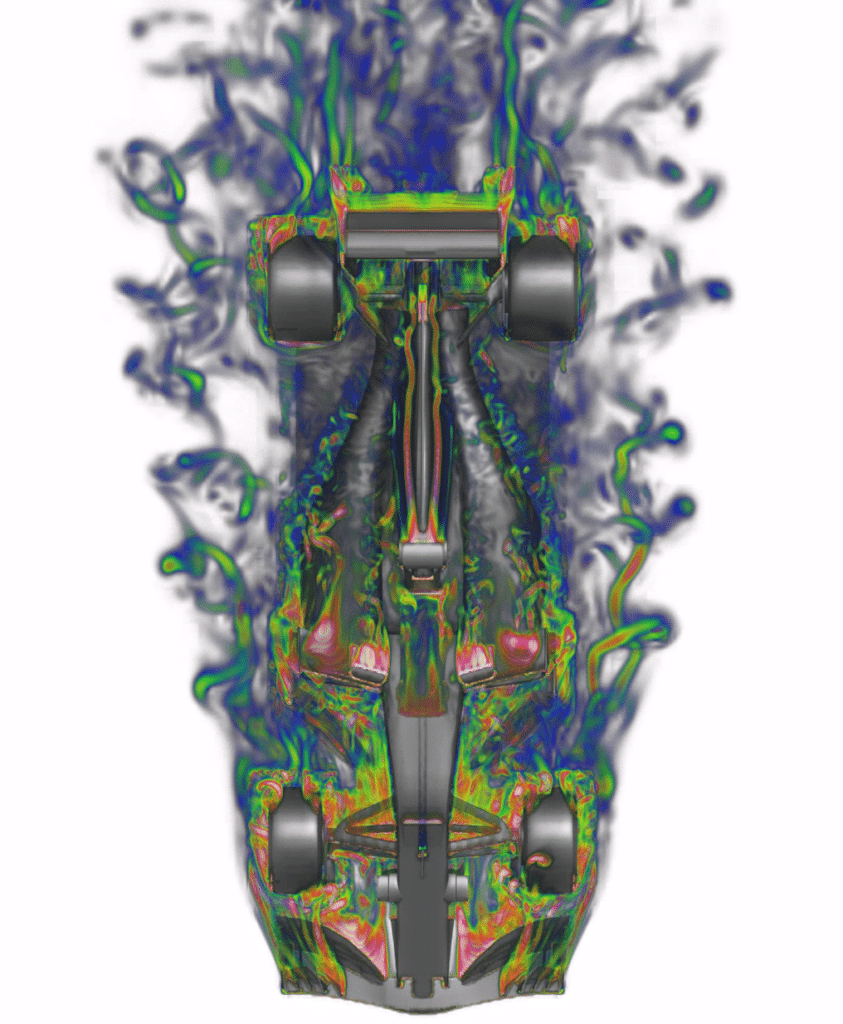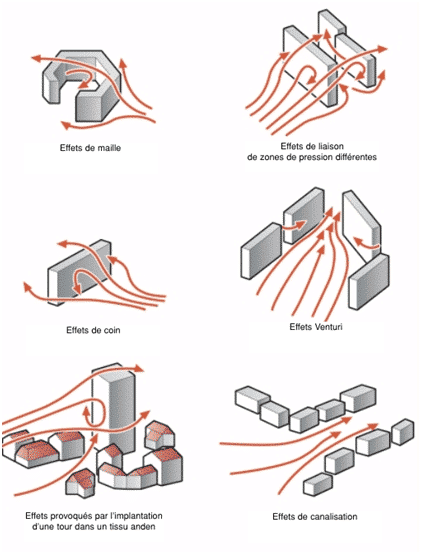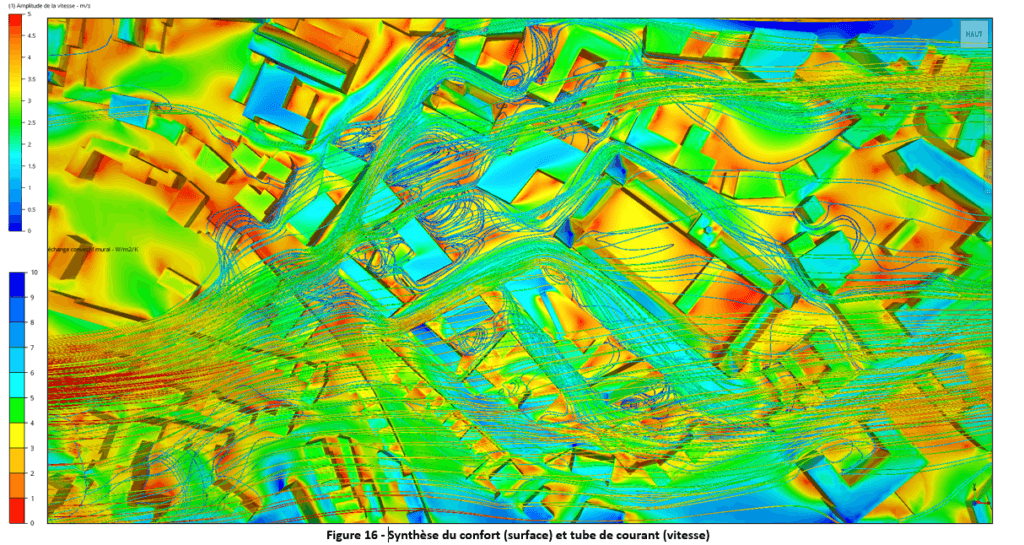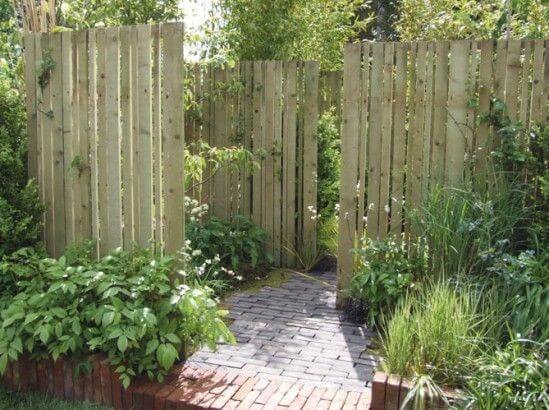Study of outdoor thermo-aerodynamic comfort
Accueil » Air & Wind » Study of outdoor thermo-aerodynamic comfort
EOLIOS helps designers implement technical and natural solutions to optimize urban comfort:
- Pedestrian comfort check
- Study of urban heat island effects
- Calculating pressure coefficients
- Wind comfort study for outdoor spaces
- Sizing wind protection solutions
- Proposed master plan for urban development
- Urban project impact study
- Optimizing vegetation
- Study the propagation of pollutants
Continue navigation :
Our latest news :
Read more :
Our projects :
Our areas of expertise :
Technical File :
The effects of wind in cities
Urban wind: an essential component of building design
As the wind blows around buildings and spaces, its speed and direction change. Each wind direction creates its own zones where the wind slows down or, on the contrary, speeds up.
However, wind is unstable, and is characterized by an uneven repeatability of its directions and speeds along the cardinal points, which can be known for each locality from the results of meteorological observations over several decades.
The combination of CFD wind results for all possible wind directions (taking into account the frequency of these directions) clearly demonstrates the differences in wind regimes between different parts of the territory, which determine the different comfort levels of the urban space.
Timely comfort assessment during the design phase helps to optimize the master plan and to take into account several comfort measures necessary to ensure efficient use of open spaces.
CFD numerical modeling of wind effects in cities
Study of pedestrian comfort and wind safety
Pedestrian comfort and wind safety are essential requirements in urban areas.
Many municipalities require studies of pedestrian comfort and wind safety when designing new buildings and urban areas.
These studies involve to combine statistical meteorological data, aerodynamic information and comfort and wind safety.
CFD simulation enables modern aerodynamic calculations to be used in a wide range of architectural and construction projects.
CFD numerical modeling of vorticity and wind impact on buildings
What is a wind comfort study for pedestrians?
Wind comfort studies for pedestrians take into account meteorological data, aerodynamics and comfort criteria.
Simulation can numerically model airflow over and around a building or urban area, and is a faster and less expensive approach than physical wind tunnel experiments.
By evaluating pedestrian wind comfort using CFD, EOLIOS engineers can understand the behavior of wind around buildings at an early stage and participate in iterative design processes.
Wind speeds and other parameters can be calculated at pedestrian level, and comfort can be assessed on the basis of given criteria. The study of several wind directions allows you to predict the worst-case scenario and anticipate any problems early on in the design process.
Without wind studies, many negative consequences can occur on the streets, ranging from discouraging customers from visiting stores and parking on terraces to real safety risks for pedestrians and cyclists, even threatening lives in extreme cases.
Modeling pedestrian comfort in the city
Why carry out wind flow studies on a neighbourhood scale?
Air comfort can have a major impact on public spaces.
Indeed, if the wind blows too hard, the attractiveness of a square, café, terrace… will be reduced. However, it’s impossible to completely counter the effects of wind with buildings or protective structures, as air flows bypass obstacles and then amplify.
That’s why we propose a range of more or less important and effective wind protection methods to town planners.
It is possible to work at different scales:
- The scale of the neighborhood, through the layout and size of buildings, the layout of streets, the use of squares, and the creation of meshes and islands of comfort.
- The scale of the building by installing urban equipment such as awnings, screens, windbreaks, netting...
- On tree species and green spaces
We specialize in the modeling and understanding of aeraulic phenomena, and support designers by carrying out outdoor microclimate studies as part ofimpact assessments orwind comfort studies.
Easy-to-use collaboration tools
Example of dynamic content for the study of urban comfort at La Défense.
Air & wind: on the same subject
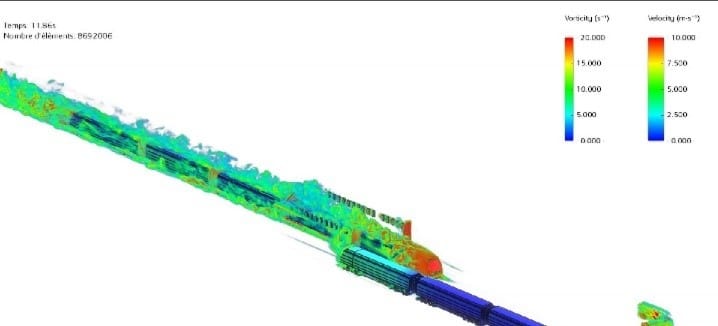
Study of air quality in metro stations
Find out more
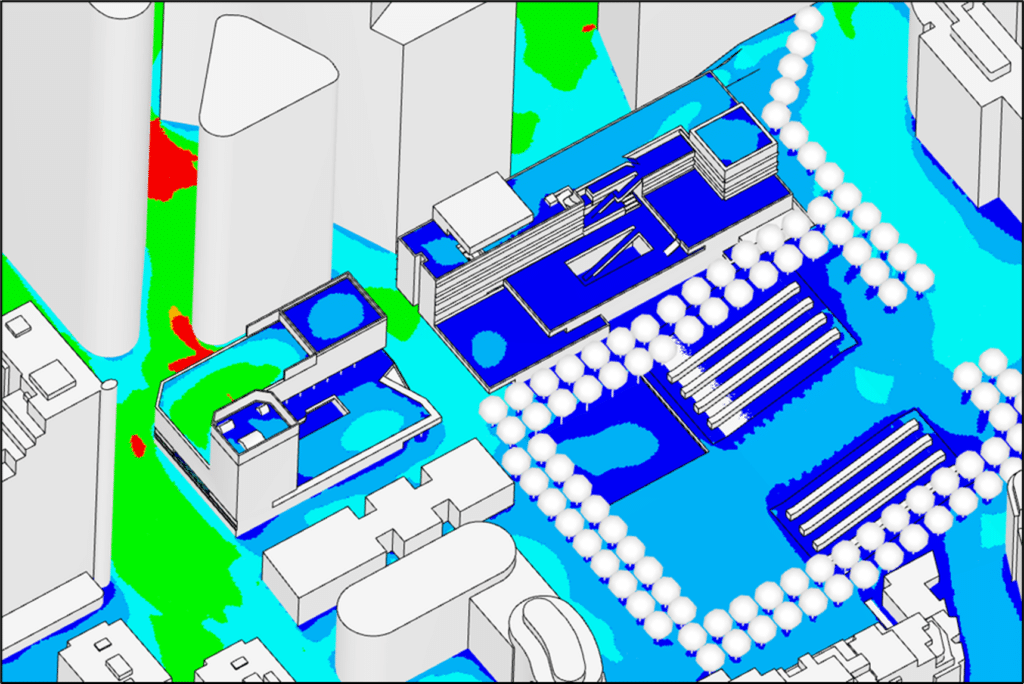
Pedestrian comfort criteria and mapping
Find out more

Extreme wind study – Solar power plant
Find out more
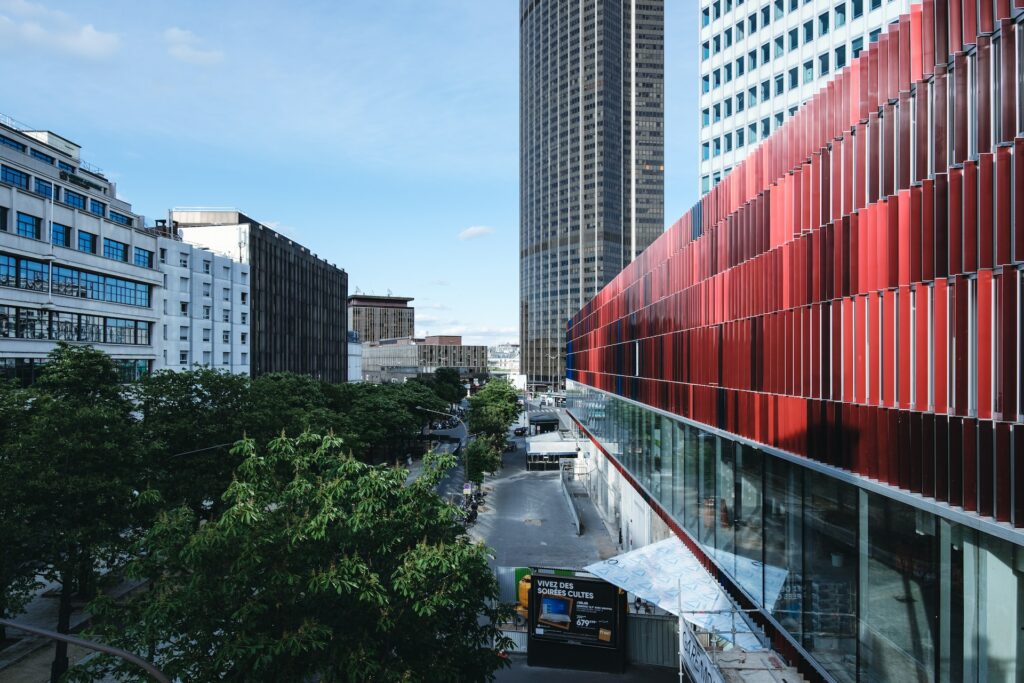
Wind pressure on buildings
Find out more
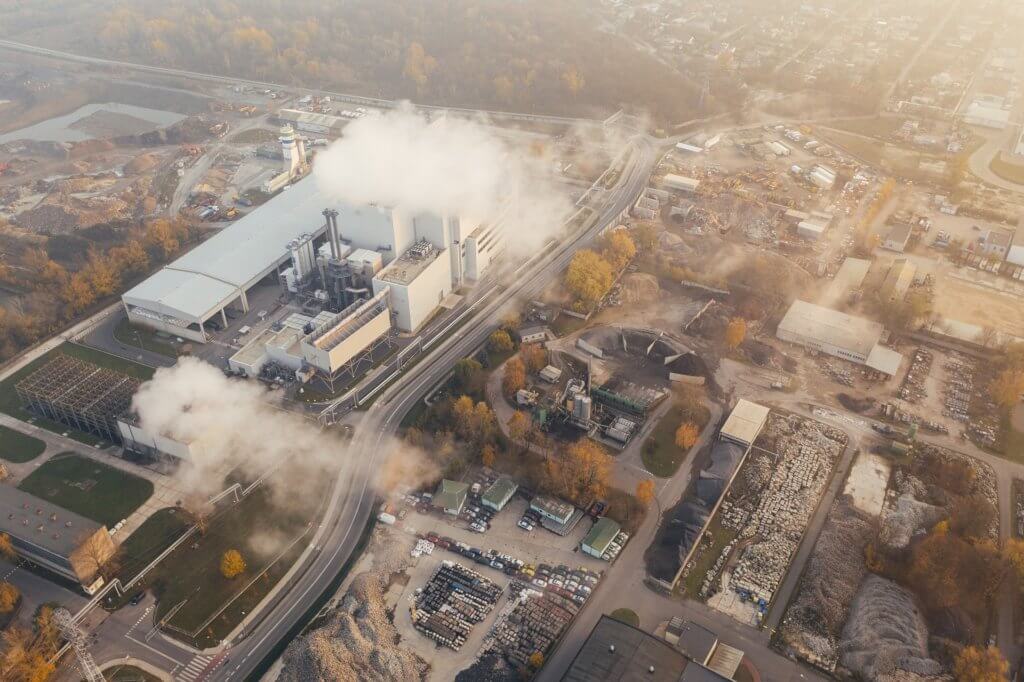
Air pollution study
Find out more










